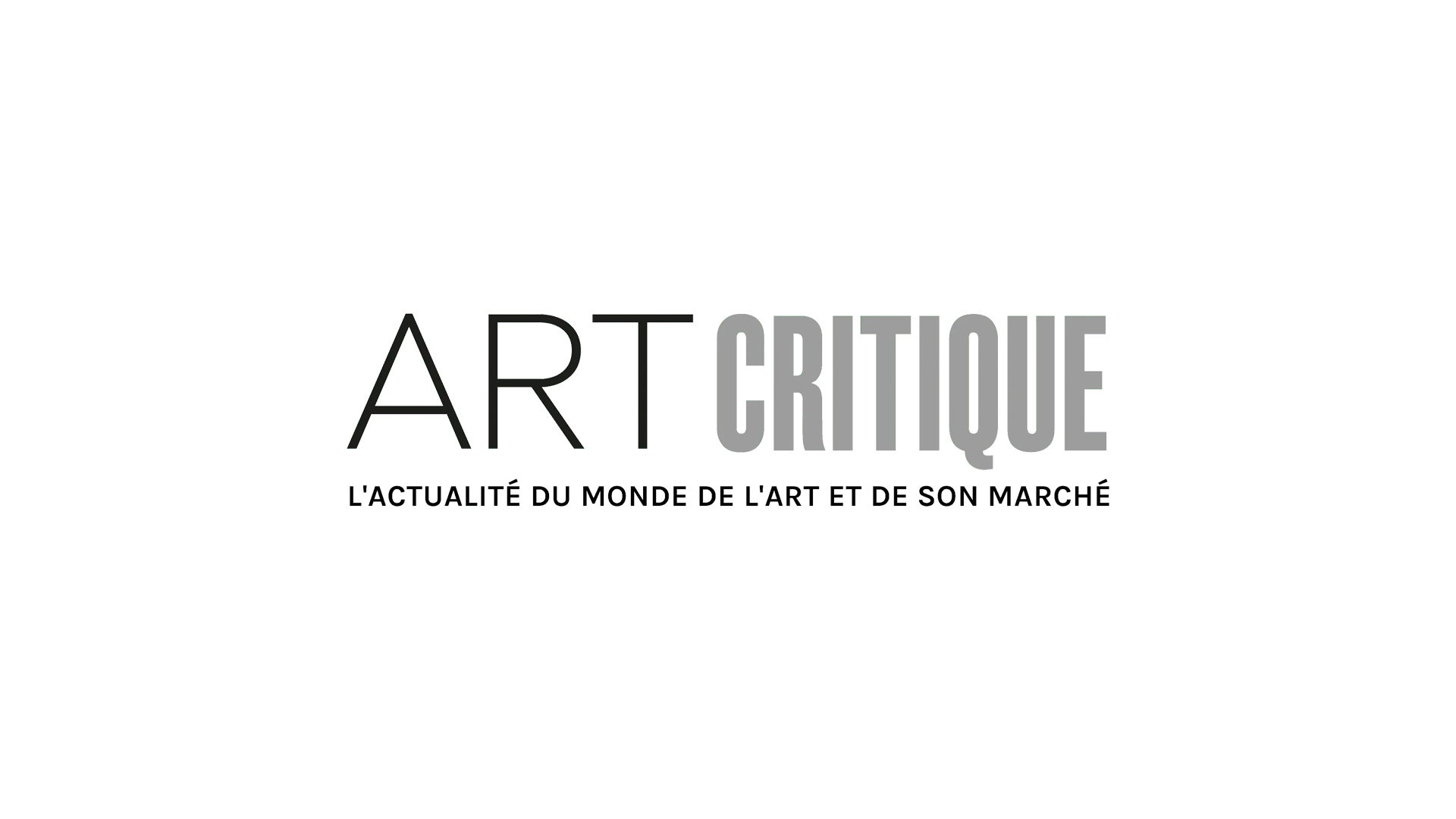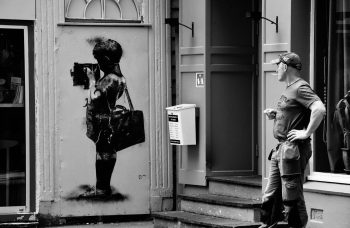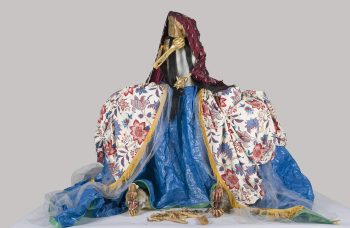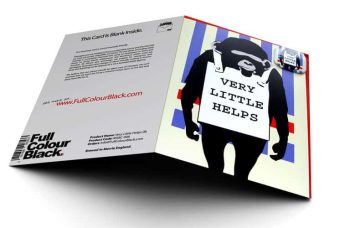During the week of Miami’s Art Basel, 40 upturned silver umbrellas dotted Miami Beach between 21st and 22nd Street resembling large-scale industrialized petunias. The structures were a part of Berlin-based artist Tomás Saraceno and Swiss watch manufacturer Audemars Piguet’s installation. Titled Albedo, the sundial cum solar energy source is an immersive, kinetic artwork that makes a poignant statement on the changing climate and our use of resources like fossil fuels.
Albedo was a collaborative piece between the artist and Aerocene, Saraceno’s ‘interdisciplinary artistic endeavor that seeks to devise new modes of sensitivity, reactivating a common imaginary towards achieving an ethical collaboration with the atmosphere and the environment’ founded in 2015. The umbrellas collected solar energy to power one of the Aerocene Explorer sculptures, a balloon-like structure lifted into the air using no fossil fuels to demonstrate possible uses for solar energy. Between noon and four o’clock, visitors were encouraged to get hands-on with the installation. They were invited to explore the potential of the Explorers borrowing one in the form of a backpack. The energy obtained through the umbrellas was also used to cook free meals for the fair’s public day and their placement created a sundial on the beach.
The installation, named for the scientific term referring to the amount of light that is reflected rather than absorbed by surfaces – ‘albedo’ is the Latin word for ‘whiteness’ – is meant to cause a moment of reflection, both literally and metaphorically. Born in Argentina, Saraceno was interested in what we could do if we used the sun’s power differently and how we, as a collective group, could create more eco-friendly aero solar technologies. ‘The sun is so strong with climate change and global warming, and this project can help us redirect the weather dependency of human beings in a way that also helps end our dependence on fossil fuel,’ commented Saraceno. ‘We’re being very ingenious with things people have at home, and we put all of the instructions online. it’s not about marketing a product or people buying it; you can do it with your own umbrella.’
The sundial created by the installation linked Sarceno and Audemars Piguet, the installation’s sponsor. Sarceno and Aerocene deal with the concept of time in a large-scale frame of reference. They deal in increments of centuries of the universe while the watch maker literally deals in seconds, minutes, and hours. ‘I am constantly thinking about deep time,” the artist told artnet News, “the time that structures the evolution of our planet and the universe. When you think about the Anthropocene, you begin to align yourself with deep planetary rhythms. Perhaps one day we could design, together with Audemars Piguet, watches that could display the optimal moments for an Aerocene sculpture to get off the ground, the perfect time to float!’
The project aligns with others sponsored by the watch manufacturer including Lars Jan’s Slow-Moving Luminaires at 2017’s Art Basel Miami Beach and Halo by Semiconductor.





